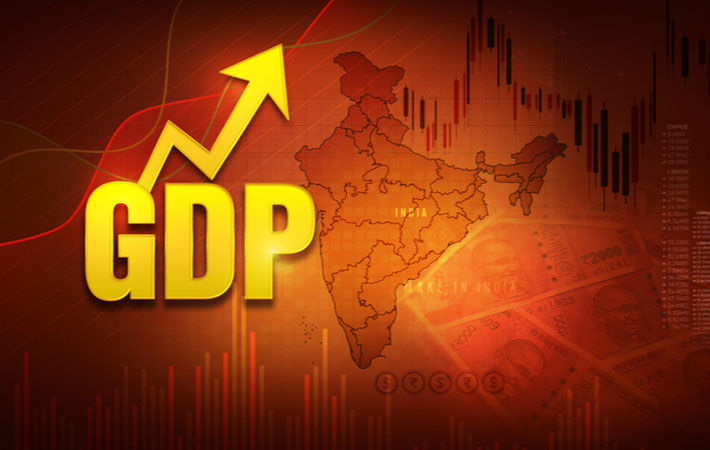
Services played a bigger role in the activity than manufacturing, Barclays said in a report, adding that with the mild Omicron wave in January, there is clear downside risks to the earlier growth forecast of 10 per cent in FY22.
In the July-September quarter, the Indian economy had clocked a growth of 8.4 per cent. The National Statistical Office (NSO) will declare the GDP estimates for Q3 FY22 on February 28.
As high base effects kick in, and activity consolidates, growth rate is likely to slow down from 8.4 per cent in Q2 to 6.6 per cent in Q3, Barclays said, adding there scope for a steady farm sector growth, even though there are clear signs of weakness in rural consumption, a news agency reported.
Growth has been slower in mining, construction and manufacturing, partly on account of supply-chain disruptions, especially for the auto sector, it said.
One clear sign of recovery is the resilient fuel demand, and trade volumes hitting new record highs.
Moreover, there is also a clear jump in mobility levels, as tourism activity, air traffic, railway freight, and mobility data all show a return to near pre-pandemic trends. Credit growth has also continued to pick up, and corporate profitability remains strong.
Though Omicron infections did not impact the recovery materially, economic recovery is likely to hit a minor speed bump in Q4 as surge in infection caseloads forced a small reduction in mobility levels.
"Given the quick containment of infections and fast removal of movement restrictions, we see the impact on activity being mild, especially compared to the first two waves,” the Barclays report said, adding contact-intensive services, trade, and those hit by supply-chain disruptions could see some moderation in output.
Fibre2Fashion News Desk (DS)